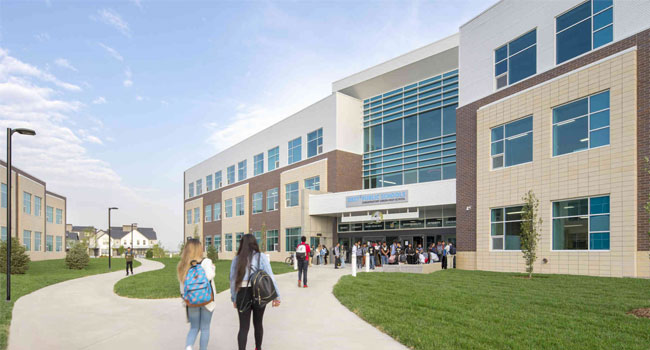
Pennsylvania Schools Will Open in the Fall
How and when are still up on the air
- By Ralph C. Jensen
- June 01, 2020
Pennsylvania Gov. Tom Wolf said Friday that there is “no question” that schools will be open for in-person learning this fall. What remains unclear is how and when that will happen.
Wolf held his first in-person news conference Friday since the coronavirus pandemic began back in March, and said that the state’s Department of Education will release guidelines about how the 2020-21 school year will look as this year’s winds to a close following months of virtual-only learning.
“We are going to be opening schools,” Wolf said. “Whether it’s August or September, that depends on the local school district.”
Questions remain; Will students have to wear masks to school? The governor responded with a direct answer, “No question.”
What will schools look like next year? Educators are not certain as they continue to battle with the idea of how next school year will look. According to CDC recommendations, desks are to be place six feet apart and all teachers should wear pasts, all of the time, and by students some of the time. It also may mean that students eat lunches in their individual classrooms, and the possibility of students splitting time between in school instruction and home schooling.
“You’ll probably have more online learning, and maybe less classroom learning,” Wolf said. “There might be fewer students in each classroom, on average, that kind of thing. So, it probably will look different, but the Department of Education is working on those guidelines and I think they should be out early next week."
Moving forward, the governor said there will be more capacity in our healthcare system, and the state will have the ability to do more testing. He also added, that returning to a stay at home order, and thus no in-person school, is not out of the question later this year if the conditions call for it.
“Thre’s an opt-out clause here that, if a comet strikes, you know, but we are doing everything we can to make sure schools are open on time in the fall,” Wolf said.
About the Author
Ralph C. Jensen is the Publisher/Editor in chief of Campus Security Today.